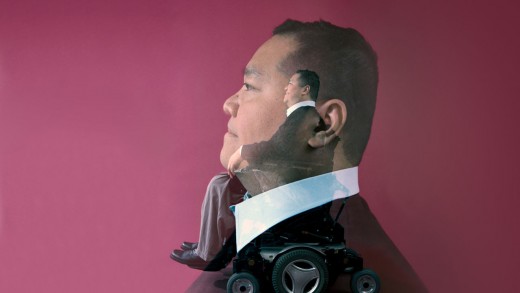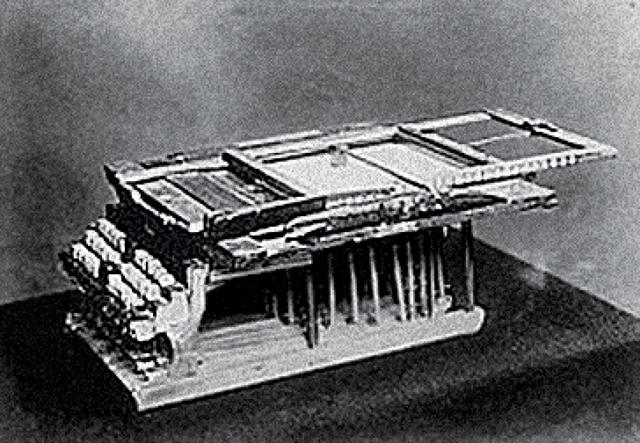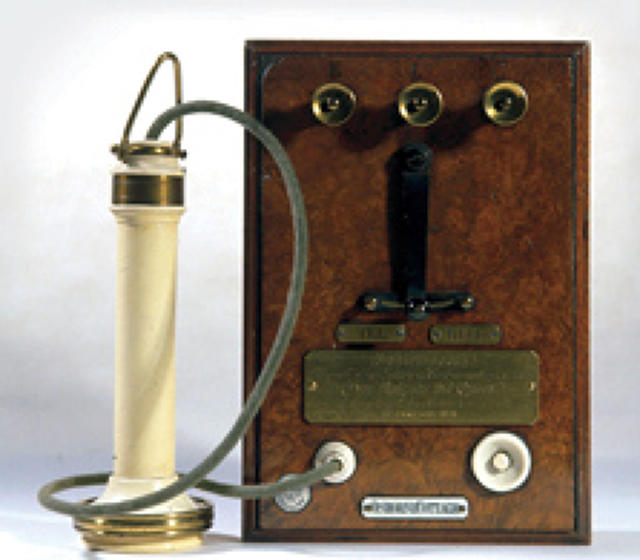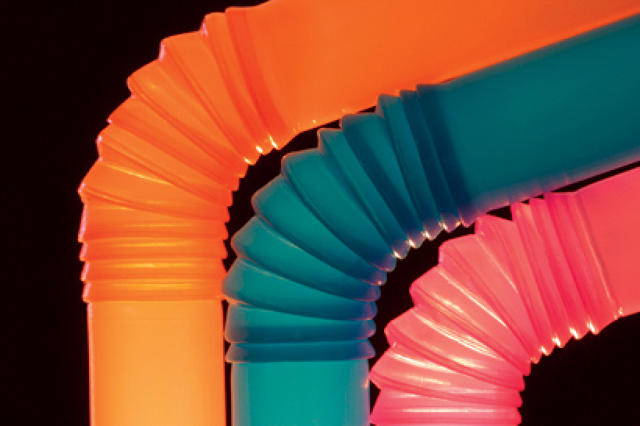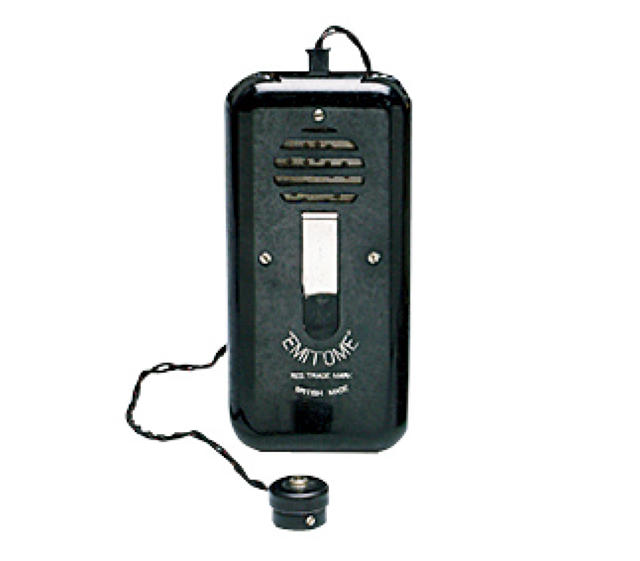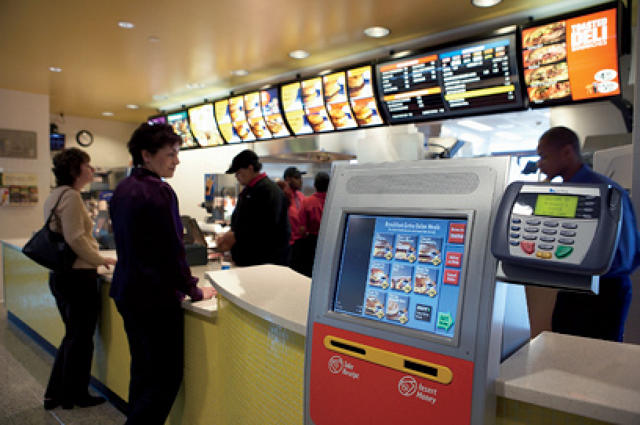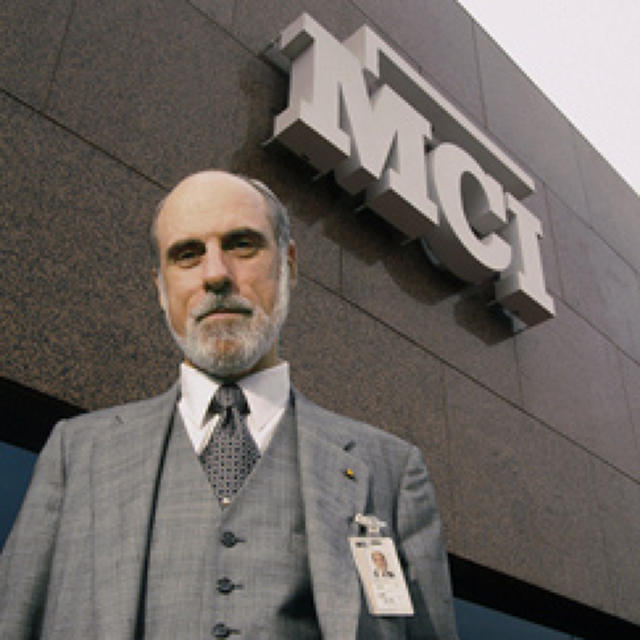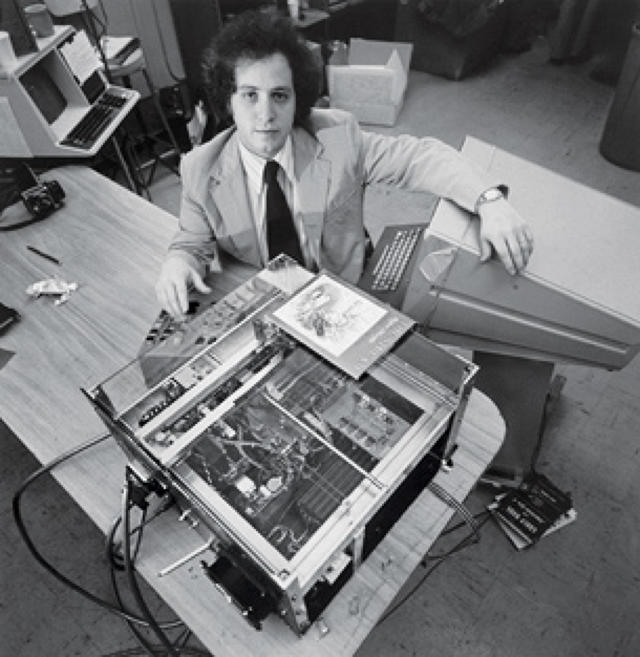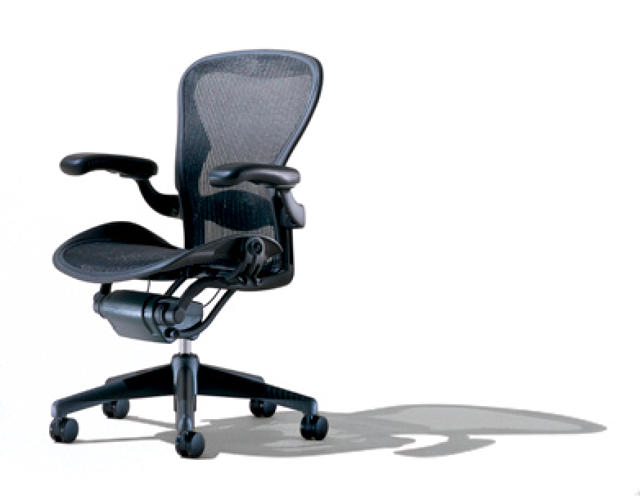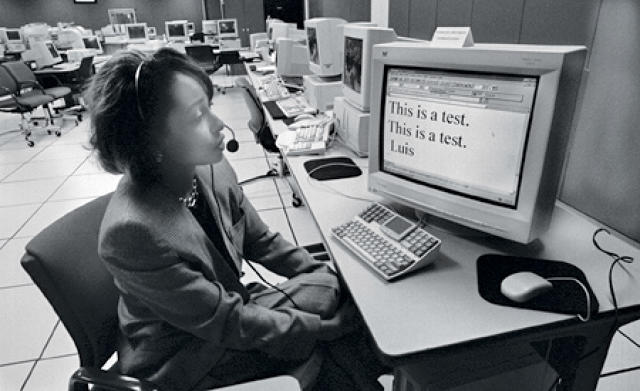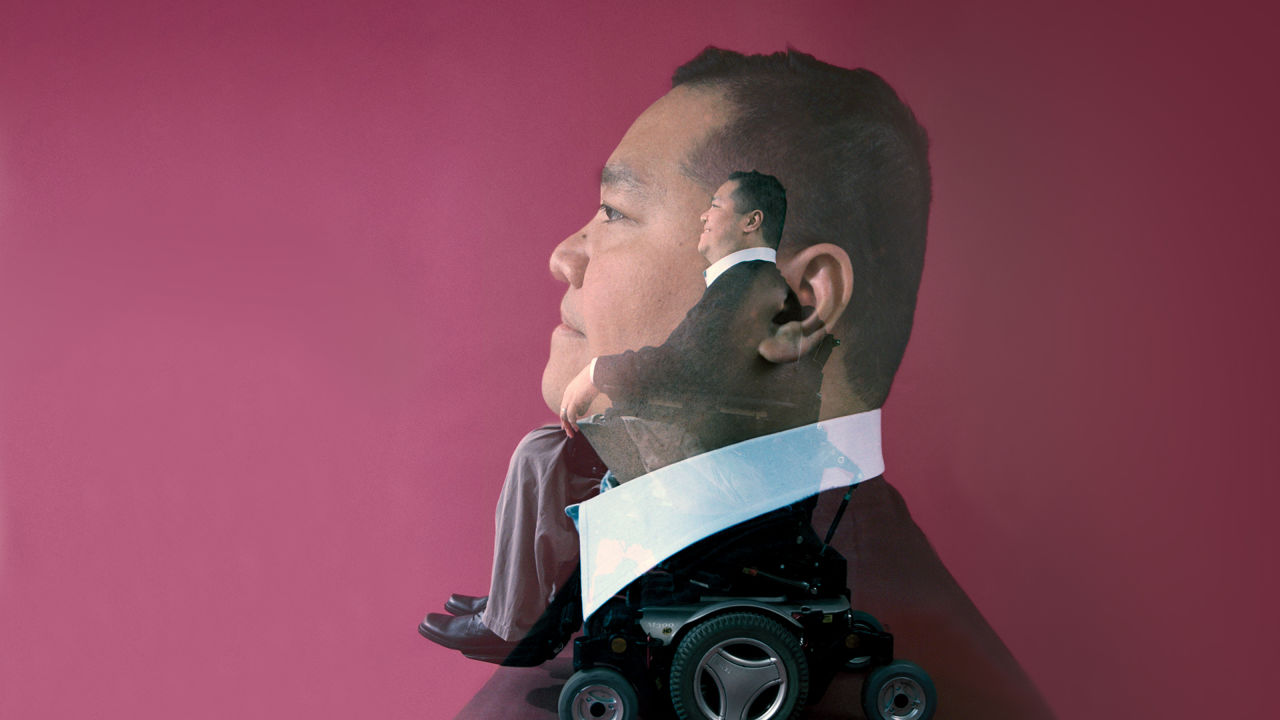Microsoft’s Radical bet On a brand new form of Design considering
On one in any other case unremarkable day in may 2013, August de los Reyes fell off the bed and harm his back. Forty-two years old on the time, he used to be just six months into his dream job at Microsoft: operating design for Xbox and righting a franchise that used to be drifting as a result of mission creep. in the beginning, de los Reyes was concerned that the fall was critical; he went to the ER and was certain that he used to be nice. but several health facility journeys later, he discovered himself present process emergency surgical operation. His backbone had been fractured all along. His spinal wire had been damaged. With breathtaking quickness, he used to be unable to walk ever once more.
De los Reyes has the reassuring smile and consistent calm of a excessive-college guidance counselor, and an almost-non secular attachment to video video games. He likes to inform folks that the universe is play, and that all of us have an ethical imperative to play. And he believes, wholeheartedly, that video games will trade the material of our storytelling, identical to films did. After the accident, de los Reyes puzzled what would grow to be of that sprawling dreamscape. Nothing felt right anymore. He barely even felt like himself. Then, after months having now not checked his e-mail or used his mobile phone, his sister introduced him a laptop. He checked his email. He checked his voicemail. among the a whole lot of messages, there were dozens from a romantic interest, baffled at his unexpected and complete disappearance. The outlines of his former life started to return. He knew that to really feel right again, he had to go back to work. inside three months, he did.
The return used to be bracing, however now not in the way in which de los Reyes anticipated. Being back in the office used to be in fact a balm, because the workplace had been fastidiously designed to accommodate wheelchairs, with broad halls and low elevator buttons. the problem was once the rest of his life. De los Reyes, regardless of his delicate demeanor, has by no means been content material to let issues happen slowly when they may occur quick. After the accident, he had methodically set about looking to do as many issues as he’d ever accomplished. but the constraints quickly turn into evident. He’d try to meet pals at a favorite restaurant, handiest to discover that he couldn’t slightly get within on account of one tiny curb that some contractor had lost sight of. He’d be steerage his wheelchair down the sidewalk, only to be met with a tipped-over rubbish can, which might force him to circumnavigate an entire block.
To de los Reyes, these myriad frustrations shared one thing: They didn’t in truth speak to his own barriers. They spoke as an alternative to the thoughtlessness throughout him. As he started to see it, disability wasn’t a challenge of his, but quite a mismatch between his personal skills and the sector around him. incapacity used to be a design drawback. As we spoke in his place of job, secluded in a quiet nook of a colorful new design studio constructed on Microsoft’s sprawling Redmond, Wash., campus, de los Reyes’s eyes widened: “that is what radicalized me.” The query was: Radicalized him to do what?
a quick history Of Design For All
-
1808: Pellegrino Turri invents the working typewriter to help a blind friend write legibly.
-
1876: the telephone emerges from Alexander Graham Bell’s many attempts to create applied sciences to help the disabled.
-
1937: Joseph Friedman creates the versatile drinking straw so his young daughter can drink from her cup extra simply on the table.
-
1948: The transistor is invented to power smaller listening to aids.
-
Sixties: Icon-primarily based keyboards, now ubiquitous, are first developed to help people who are unable to talk to make use of speech synthesizers.
-
1973: Vint Cerf, who is hard of listening to, develops e mail, in part because it’s a very easy option to communicate along with his spouse, who is deaf.
-
1978: Ray Kurzweil creates computing device-scannable fonts and the first picture scanner, to assist the blind.
-
1990: Sam Farber founds Oxo, devoted to making easy-to-grip kitchen instruments, impressed by using people with arthritis.
-
1994: in the beginning begun by way of invoice Stumpf and Don Chadwick as a analysis product to create seating that wouldn’t cause bedsores within the aged, the Aeron chair is released.
-
Nineteen Nineties: engaged on making rising applied sciences accessible for folks with disabilities, Jutta Treviranus develops the Inclusive Design Toolkit, which Microsoft later adapts.
the upward push of business Empathy
perhaps you’re sitting right here, studying this for your phone, absently checking your e mail every time your consideration drifts, tapping textual content messages to the friend you’re assembly tonight for dinner. You stand on the finish of a protracted line of inventions, which might have by no means existed, however for the disabled. The keyboard for your phone, the telecommunications strains it connects with, the inner workings of electronic mail: In 1808, Pellegrino Turri constructed the first typewriter, so that his blind lover, Countess Carolina Fantoni da Fivizzano, might write letters more legibly. In 1872, Alexander Graham Bell invented the phone to reinforce his work helping the deaf. And, in 1972, Vint Cerf programmed the first e-mail protocols for the nascent web. He believed fervently in the power of electronic letters. His proof used to be his own expertise: electronic messaging used to be the one seamless technique to be in contact with his spouse, who was deaf, whereas he was at work.
in the future anyone will write a historical past of the internet, in which that fab collection of tubes will emerge as one lengthy chain of innovations now not just geared to serving to people connect in additional ways, however moderately, to help more and more sorts of people keep in touch simply as nimbly as anyone else. however for the story right here, essentially the most an important piece within the puzzle is that this: incapacity is an engine of innovation simply because no matter what their barriers, humans have any such relentless drive to be in contact that they’ll invent new methods to take action, in spite of everything.
you could describe this in that outdated cliche that necessity breeds invention. however a more accurate interpretation is that in empathizing with others, we create things that we may never have created ourselves. We see earlier the specifics of what we all know, to experiences that may actually be universal. So it’s all of the extra complicated that design, as a discipline, has so continuously tended to center of attention on a legendary thought of the typical client.
A competing thought started to emerge in the Nineteen Seventies, when Pat Moore arrived in new york, ready for her first job as a designer. She was once contemporary out of faculty, having landed a job with the great industrial designer Raymond Loewy. She was, with the aid of nature, an outsider. The Mad men generation used to be alive, even though mores were changing. When Loewy used to be out of the place of job, the entire managers went out for three-martini lunches and got here again too inebriated to be helpful. In an office full of female secretaries, Moore used to be some of the few female designers on a team of workers filled with dwelling fossils. “I remember that the executive variation maker used to wear a cobbler’s apron and had a stogie in his mouth all day lengthy. He used to spit in his trash can,” says Moore, over dinner in Phoenix, where she’s labored for years. “He used to inform me, ‘We don’t need no fuckin’ broads right here.'”
in reality, they did. The cold battle hadn’t but begun, and the united states was once finagling new methods into the hearts and minds of on a regular basis Russians. And so the State division started paying American designers to work for Russian companies. There was no design firm extra American than Loewy associates, which had outlined the sinuous chrome aesthetic of the American put up-conflict boom. but the State department wanted extra ladies on their work team of workers. Loewy eventually found Moore, and gained the commission.
Moore’s first activity used to be work with a Russian manufacturing firm, to create the inner of a household automobile and then the inner of a hydrofoil. It depressed her, but no longer on account of what she was doing. It used to be as a result of what she used to be seeing. She would trip the bus in Moscow, seeing aged individuals struggling alongside the sidewalk as the younger whizzed around them, flustered. She realized how incessantly she’d considered the identical factor in america. but something about Russia, the foreignness of it, made her in truth see with recent eyes one thing as familiar as the folks crossing the street.
As quickly as she used to be back in ny, Moore floated a memo to Loewy, suggesting that designers were failing their accountability to make lives higher, simply by focusing simplest on the common person, with average needs and moderate expectations. What in regards to the elderly? To design for them, unmoored on the street, you had to recognize what they went thru. You had to know what it was wish to be them. And so Moore, with Loewy’s blessing, went about creating a dressing up that might simulate what it was like to be 70—complete with bindings on her joints to restrict their movements, and a girdle to simulate a balky back. She went on to wear that go well with in tons of of cities over three years.
after all, designers today don’t all costume up and check out to fake to be the ones they’re designing for. The more consequential factor that Moore used to be wrestling with used to be that designers will have to get just about real individuals, learn from them, and take them as they are. And that idea would be taken up by using the design companies that came to invent “design considering”—notably smart Design, which was founded by means of Dan Formosa, Moore’s husband at the time, and Ideo, where Jane Fulton Suri helped reinvent the method of design analysis. (sensible Design in fact made its identify via designing kitchen instruments for OXO, with the arthritic in thoughts.) They had been all devoted to discovering new how you can take into account the foibles and lived experience of real users, as opposed to surveying a great many individuals and averaging all of their measurements, as had been so well-liked to human-components analysis.
This great chain of influence, from Alphonse Chapanis to Raymond Loewy to Pat Moore to Ideo, at last attracts us on the subject of August de los Reyes, Microsoft, a new forged of characters, and a pileup of ideas that, via sheer probability, ended up changing the whole firm.

Connecting The Dots Between Wheelchair Ramps And Sci-Fi
recuperating from his accident, de los Reyes came about to come back to work at a decisive second for Microsoft. Satya Nadella, who until then had run Microsoft’s cloud computing business, had simply been appointed CEO. He lit a fuse that snaked during the company’s equipment. among the many first adjustments to happen was once that Albert Shum, who’d transform famous inside Microsoft for best the formidable, brazenly “flat” design of windows cellular, was once appointed to go up design for the majority of Microsoft.
Shum mulled over what “design at Microsoft” even supposed. in spite of everything, this was a company with one hundred twenty,000 employees, numerous product groups, and enough inner feuding to exhaust the Hatfields and the McCoys. This was once an organization so huge that without a doubt its design approach differed from that of both Apple or Google. but it surely was also an organization so large that discovering a clear viewpoint gave the impression just a little absurd. What did “design at Microsoft” even imply? like several canny supervisor, Shum informed his deputies to determine it out, and to convey their concepts to a marathon meeting-cum-imaginative and prescient quest.
De los Reyes spied a possibility, albeit hazily. he’s a consummate design geek, steeped in dusty monographs and the drinking stories designers inform each other concerning the greats. He knew the idea that of universal design—first articulated by way of Ronald Mace and Pat Moore. the theory is that by way of designing with the disabled in thoughts—designing in order that the disabled can have universal get entry to—we can create products higher for everyone else. After his accident, de los Reyes now had no option however to consider one traditional example of common design: the curb lower, these low concrete ramps that allow wheelchair customers to mount a sidewalk, however which additionally help everyone from the aged crossing the street to kids toting their bicycles.
De los Reyes wasn’t proposing that Microsoft turn out to be a sidewalk company. He was once proposing a metaphor. He was hoping to seek out the digital world’s identical of the curb reduce, something dependent that let everyone reside somewhat easier. At a gathering of Shum’s top deputies, de los Reyes mooted this idea of creating Microsoft’s design accessible to all. On its face, this idea flattered Microsoft’s tradition. remember that how windows famously let you adjust the atmosphere on nearly anything else you needed, whereas Apple didn’t? That wasn’t an accident, however fairly the best expression of Microsoft’s abiding perception, descended from the good storage-hacker invoice Gates, that users must be capable of modify the whole lot they touched as they saw fit. So for Microsofties, it was simplest natural to assume that customers, together with the disabled, should have as many settings as they wanted. but de los Reyes was once after something more formidable. Kat Holmes, there at the meeting with Shum, equipped any other puzzle piece.
though neither of them would say it like this, Holmes is de los Reyes’s work wife. They parry ideas, they gossip, they cajole and poke, they egg each and every other on. the place de los Reyes is action-oriented, concrete, prepared to determine exactly what to do, Holmes—who has a smattering of freckles across her nostril, and, as of this writing, a shock of spiky bleach-blond hair— swims in lofty concepts. When de los Reyes made his suggestion about universal design, Holmes had just spent a 12 months making an attempt to determine how Microsoft’s virtual private assistant, Cortana, will have to behave.
Cortana, on the one hand, was merely Microsoft’s personal model of Siri, an iPhone function that allows you to ask questions out loud and get answers in sort from a disembodied feminine helper. but Siri has at all times felt oddly sick-defined. though she bargains coy jokes when stumped by way of a question—”Siri, what are you sporting?” “i will’t answer that, but it doesn’t come off”—those quips merely dance around the fact that Apple has by no means defined just what is this thing called Siri. Holmes, eager about Cortana, put it in a different way. “We started to ask questions like, ‘How human is it?’ and ‘What are the other choices?'”
To her point of view, a digital private assistant shouldn’t try to ape being human. Doing so wasn’t merely dishonest, it was unhealthy design. one of the crucial vital concepts caused by way of modernist designers of the 20th century used to be that no subject matter, and no product, must behave like something it is not. steel should do what metallic does best possible; it will have to curve and bend and shine, but it surely shouldn’t be made to look like wood. In a digital context, a calendar app shouldn’t be made to look like some old skool leather calendar that may take a seat for your desk. “Making Cortana behave like a human could be like the new skeuomorphism,” says Holmes, evoking the design nerd’s term of artwork for dishonesty in materials. So how so much human behavior must a computer have, if it can be to be helpful to people?
considered one of Holmes’ first insights was once that she didn’t have to determine all these issues on her own. other people already had. after all, actual private assistants assume each day about getting their purchasers to belief them, offering the fitting knowledge at the right time, being helpful sooner than you’ve been requested. So Holmes sought them out. She found actual personal assistants who’d served traumatic shoppers ranging from celebrities to billionaires. with the aid of studying how they delicately cultivated belief, Holmes used to be able to recommend a sequence of behaviors for Cortana. one of the best non-public assistants have logs about consumer preferences, however they’re also clear about why they’re recommending certain things. to that end, Cortana, in contrast to Siri or Google Now, has a log of all the desire knowledge that it has extrapolated about you, which users can edit. Cortana additionally behaves like a human would, although she doesn’t fairly have a character: as a substitute of simply providing you with a flippant joke when befuddled by means of a question, like Siri does, Cortana admits to what she does and doesn’t understand. She asks you to show her, just like a faithful private assistant would.
the purpose wasn’t simply to copy what these non-public assistants did, it used to be to determine why they had been doing what they did. instead of tackling a thorny problem head on, Holmes had discovered an analogue to provide construction to what she was doing, to provide a framework for the activity.
and then Holmes saw the film Her, a visionary sci-fi movie wherein a love-lorn everyman performed with the aid of Joaquin Phoenix falls in love with a digital assistant voiced via Scarlett Johansson. Holmes wangled her method into a connection with the film’s production dressmaker, ok.ok. Barrett, and asked him how he’d come up with this sort of credible-looking vision of the longer term—one which, in fact, she’d been working on even as the movie was once being shot. Barrett answered with a curveball: He stated that to make the know-how seem futuristic, he’d taken everything out that was once technology. His method was once to simply let the director Spike Jonze focal point handiest on what was human. all of sudden, Holmes noticed it: She figured that in trying to keep in mind how computer systems must engage with people, one of the best guide was once how people interacted with humans.
That buzzy meeting about the way forward for design at Microsoft came soon after. And when Holmes heard de los Reyes speaking about this idea that Microsoft should be aspiring toward universal design, she notion to herself, perhaps there’s a task for everyone to play—even those who’ve been pushed to the margins as numerous engineers and designers like herself were dashing to invent whatever’s new.
Discovering a new Design process
De los Reyes and Holmes, with the help of design specialists including Allen Sayegh at Harvard and Jutta Treviranus at the Ontario college of artwork and Design, in the end hit upon a vein of design considering descended from Pat Moore, and common design. Dubbed inclusive design, it begins with finding out overlooked communities, starting from dyslexics to the deaf. by using learning about how they adapt to their world, the hope is that you can in fact build better new products for everyone else.
What’s extra, by means of discovering extra analogues between tribes of individuals outside the mainstream and situations that we’ve all discovered ourselves in, which you can come up with all kinds of new merchandise. the large concept is that with a view to construct machines that adapt to people higher, there needs to be a far better course of for gazing how humans adapt to one another, and to their world. “the point isn’t to solve for an issue,” corresponding to typing when you’re blind, said Holmes. “We’re flipping it.” they’re finding the experience and ingenuity that arises naturally, when individuals are forced to are living a existence another way from most.
shall we embrace you’ll wish to build a telephone that is more uncomplicated to engage with while you’re driving. you have to simply attempt to study individuals driving with their phones. Or you need to actually study how the blind use their telephones. How do they recognize when their telephones are paired with some other tool? What aural comments do apps wish to present, when opened? you might want to construct those features right into a telephone, so that via serving any individual disabled, you serve everybody else better. Holmes put it extra succinctly: “We’re reframing disability as a chance.”
nowadays, Holmes’s mandate, passed down from both Shum and Julie Larson-green, Microsoft’s just lately anointed chief experience officer, is to use inclusive design to handle as many design issues as Microsoft can dream up. There have already been dozens of initiatives accomplished, and Microsoft convenes two to three inclusive design tasks every month. One, more likely to debut soon, yielded a font and device of textual content wrapping that makes reading easier for dyslexics—but additionally sooner for those without dyslexia. any other, within the late levels of consumer testing presently, is a subtle rethinking of how guidance are given on Bing. presently, almost each wayfinding app offers guidelines in step with cardinal route, distance, and boulevard: “Go north for 1.5 miles, then flip left on Elm St.” but academic researchers have consistently shown that ladies navigate by landmarks and visible cues. So Microsoft constructed a nuanced model of Bing that provides guidance with cues which can be more gender neutral: “Go north for 1.5 miles, then flip left at the McDonald’s. Now you’re on Elm St.” by way of listening to how ladies are totally different from men, Microsoft identified an development that benefits everyone—from those with a poor feel of route to anyone who doesn’t reasonably know how lengthy it takes to walk 300 ft.
In Redmond, de los Reyes and that i watch in the back of a two-way replicate because the inclusive design process unfolds on but some other venture. i will hear de los Reyes tweaking the motors of his wheelchair constantly, adjusting his posture—his similar to pacing, and a necessity to keep his circulation wholesome. On the opposite facet of the glass, a tweedy young grad student with a scruffy beard was once describing why he, as a deaf gamer, caught to enjoying World of Warcraft on a computer, even though he would love to play future on an Xbox One: The computer’s keyboard lets him chat with teammates in a way that merely isn’t imaginable on the Xbox, the place players trade technique and recommendation over headsets. “A keyboard method i will be able to lead my workforce [on a raid]; a controller manner i’ve to practice,” the gamer says, his frustration rising. the answer seems obvious: better keyboards for gamers on the Xbox.
but as the researcher in the room retains prodding, de los Reyes perks up and smiles. He starts pondering beyond keyboards, asking me to imagine something akin to a huddle sooner than a raid begins, which would enable deaf gamers to strategize with their teammates in advance. And what if, in creating these pregame technique periods, you made it more straightforward no longer just for deaf avid gamers however for all players to kick extra butt?
the larger thought
As promising as these smaller projects could be, Holmes and de los Reyes imagine there’s a bigger chance. nowadays, we are drowning in interactions with smartphones and gadgets, such as our cars and houses—all of which all of sudden need to discuss to our telephones as well. We are living in a global of numerous transitions. as an alternative of one software, there’s if truth be told an infinite selection of arms-off between devices. There must be a brand new kind of design course of to manage those seams. “The assumptions about computing are that our gadgets are one-on-one with visual interactions,” Holmes factors out. “The design self-discipline is built around those assumptions. They suppose that we’re one person at all times.”
Holmes believes that inclusive design, with the aid of bringing a various set of users right into a design course of that most often strips away differences and abstracts them into what appears consumer-pleasant to the utmost selection of folks, can actually help with the truth that our capabilities exchange all over the day. We don’t simply have a persona, fastened in time and plastered on a storyboard, like most design techniques would have it. we now have a persona spectrum. whilst you’re a mum or dad with a sprained wrist, or you’re achieving to your telephone while keeping your groceries, you share an international, albeit in brief, with any individual who has best ever been able to use one hand. “there is not any such factor as a standard human,” Holmes says. “Our capabilities are at all times altering.”
The hope is that in in search of out new folks to include within the design process, we can easy away the gaps that bedevil our digital lives. Which brings to mind Pellegrino Turri and his typewriter, Alexander Graham Bell together with his telephone, and Vint Cerf and e-mail—these have been inventors who all started with the disabled in mind however sooner or later helped everybody else. the adaptation is that while each and every of these inventors stumbled upon an analogue that helped them invent one thing that everybody else may use, Microsoft is starting with the analogues. they’re searching for out the disabled and the different, assured that they’ve already invented precisely the options that the remainder of us want.
For de los Reyes, the promise of this new design process isn’t in only a better Microsoft: “If we’re a hit, we’ll alternate the way products are designed across the business. duration. that is my imaginative and prescient.”
related: the brand Evolution of Microsoft (In Three Minutes)
A model of this article seemed within the February 2016 problem of quick company journal.
quick company , read Full Story
(33)

